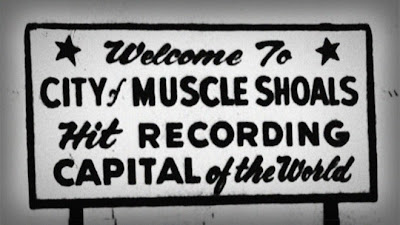 |
| Credit |
We're told that each year somewhere around 36,000 people in
America die from the flu.
I get my vaccination each year. It seems to make sense. And it's been years since I've had flu.
However, I know many people are “afraid” to take it for various reasons.
How about you? Do you get the vaccination? Why or why not? Is there a big push where you live to get
vaccinated?
Here are a few facts:
The flu shot is continually updated, because influenza is a
rare type of virus that is constantly changing. There are three types of the
flu — Influenza A, B and C — each one with its own viral strain that replicates
and changes independently from the other types.
Seasonal strains of human influenza
change constantly, which is why people can catch the flu multiple times.
But there many other subtypes of influenza to which humans
are immune. They reside mostly in birds, although every once in a while a strain
will suddenly develop the ability to infect people. "A virus like that
gives people no time to develop protection or immunity, so almost everyone is
susceptible," says Dr. Carolyn Bridges, an influenza expert at the CDC.
"When that happens, we have a pandemic."
The following is from Time magazine:
“Influenza is a disease of modernity: the faster people
travel around the world, the easier it is for the virus to spread. There was no
evidence of influenza among Native Americans until after Europeans visited
North America. Pandemic outbreaks occur about once every hundred years,
although it's hard track outbreaks that occurred before the 18th century due to
incomplete medical records.
“The disease hits big cities first — because that's where
people generally travel — and then spreads to surrounding areas. The last major
pandemic occurred in 1918 when an Influenza A strain jumped from birds to
humans and killed an estimated 20-40 million people (3% of the world's
population).
The pandemic struck during World War I and warring nations worried
that the enemy might use the virus to its advantage, so most news reports of
the outbreak were censored. Spain remained neutral during the war, and its
accounts of the virus's horrific symptoms caused the illness to be nicknamed
the "Spanish flu," even though scientists now believe it originated
in the United States.
"This wasn't like normal flu," says Frank Snowden,
Yale University's chair of the history of science and medicine department.
"Physicians were horrified by what they saw. People's lungs filled with this
terrible frothy fluid. They were literally choking to death. It was
ghastly." Symptoms appeared so suddenly that victims sometimes died within
just one day. The flu hit World War I soldiers especially hard; some historians
believe more soldiers died from the flu than from the war.
The influenza virus was discovered in the early 1930s, and
scientists developed a working vaccine by the 1940s, when it was first used on
soldiers during World War II.
In 1976, an errant outbreak of swine flu at Fort Dix, New
Jersey, caused scientists to worry about a possible pandemic, so President
Gerald Ford announced that the federal government would vaccinate the entire
U.S. population. Unfortunately, several hundred people developed Guillain-Barré
syndrome, an illness characterized by nerve damage and paralysis, after
receiving the vaccination. The Ford family tried to alleviate fears by
televising their flu shots, and in the end 40 million Americans were vaccinated
for a strand of influenza that only had a handful of documented cases of human
infection.

















































